Designing New Scripts: Chisoi
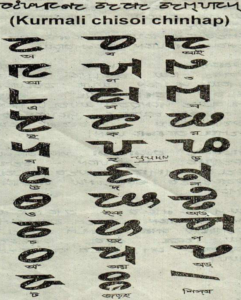 By my calculations, at least a hundred new scripts have been created in the past half-century. I’m not talking about scripts created for private use, or for use in fiction, film, or television, but scripts intended to give practical visual identity to a language that had previously been using a script imported from, or imposed by, another culture.
By my calculations, at least a hundred new scripts have been created in the past half-century. I’m not talking about scripts created for private use, or for use in fiction, film, or television, but scripts intended to give practical visual identity to a language that had previously been using a script imported from, or imposed by, another culture.
This month’s profile is of the Chisoi script of West Bengal, and its creator, Jayanta Kumar Mahata. He writes:
“I am Jayanta Kumar Mahata, a school teacher. I live at Jhargram town of West Bengal in India, but I was born and brought up at Bamundiha, a remote village near the Dulung, a small river of beauty. I walked every day on the riverside. There are many Kurmali-speaking people there.
“My mother tongue is also Kurmali… Kurmali is a sweet language [whose] sounds are very melodious and natural. But there is no writing system in India that can reflects some [of the] marvellous, melodious Kurmali sounds. It is not good for the language.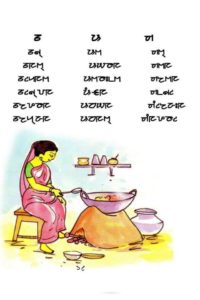
“So after my secondary examination [thirty-four years ago], I began to think to create a new script for the Kurmali language that can reflect the language easily and correctly, and will be easy to learn and write. After much effort I have created Kurmali Chisoi. It is nothing but some religious and cultural symbols of kurmali linguistic community. THE SYMBOLS have been logically and scientifically arranged in the CHISOI.
“Chisoi is an alphabetical script. It is very easy to read and write. Within 10 minutes you can learn it. The writing system is left to right. The symbols are easiest to write.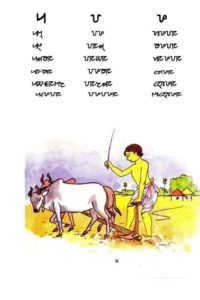
“So after 34 years of discovery, thousands and thousands of people use this script for their signs or signature. There are 54 Kurmali Chisoi primary schools in West Bengal. There is a Kurmali Chisoi weekly newspaper named Aaddas. There are also many books in Chisoi script. Many castes use it. It creates a linguistic community.
“The main symbol is a religious symbol of Kurmali cultural people. The name of the symbol in the Kurmali community is Burhababa. The community thinks that it is a symbol of the first human being who realized about God and surrender to God and became God. Mainly it is a symbol of a human being when language and religion had been discovered or created. So I think language reflection symbols should come from it.”
The script, he explained, consists of some symbols taken from traditional Kurmali painting, some cultural symbols, and some totemic symbols–in all, eight vowels, twenty consonants, two linguistic signs and ten digits.
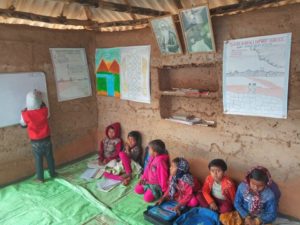
“[The Chisoi script is taught in] 54 schools in West Bengal. We started the schools in 2009. According to the Indian Constitution…it is our right [to do so]. The Government has registered the schools but not granted [funding]. So there is no financial help from the Government. The only source is public donations. We have no school fees from the students.”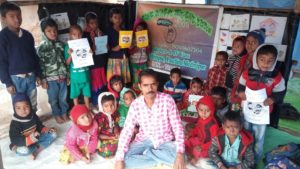
This post is sponsored by our friends at Typotheque and Rosetta.
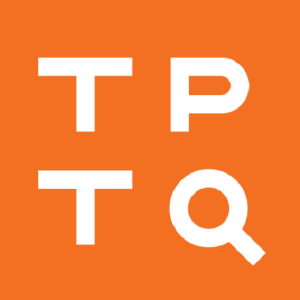
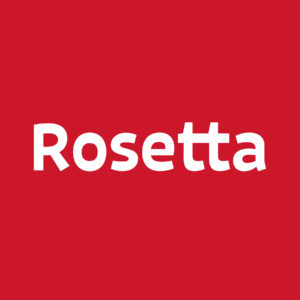

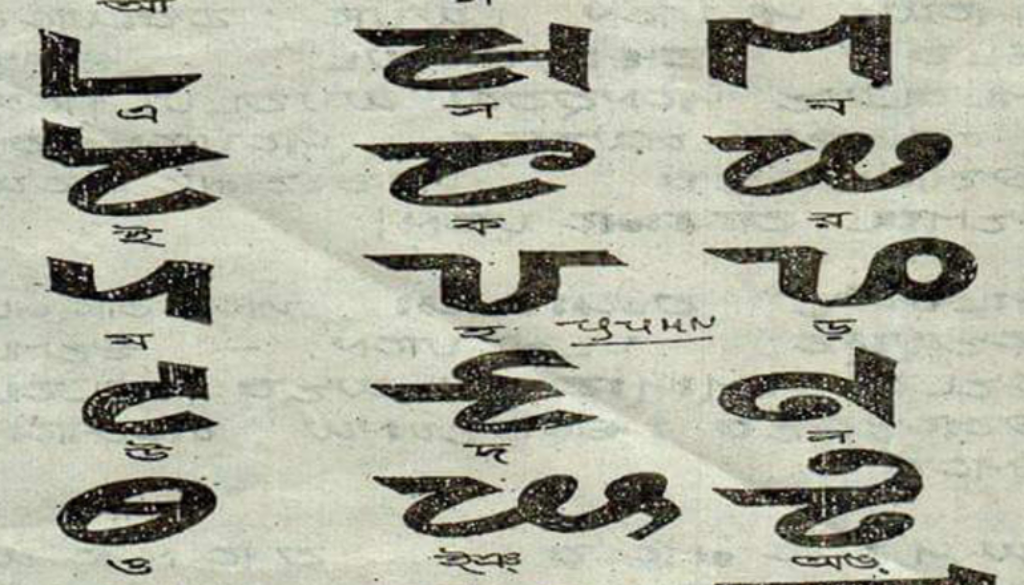
October 22, 2022 @ 1:02 am
That’s pretty cool. Learned about it from looking at scripts on Omniglot.